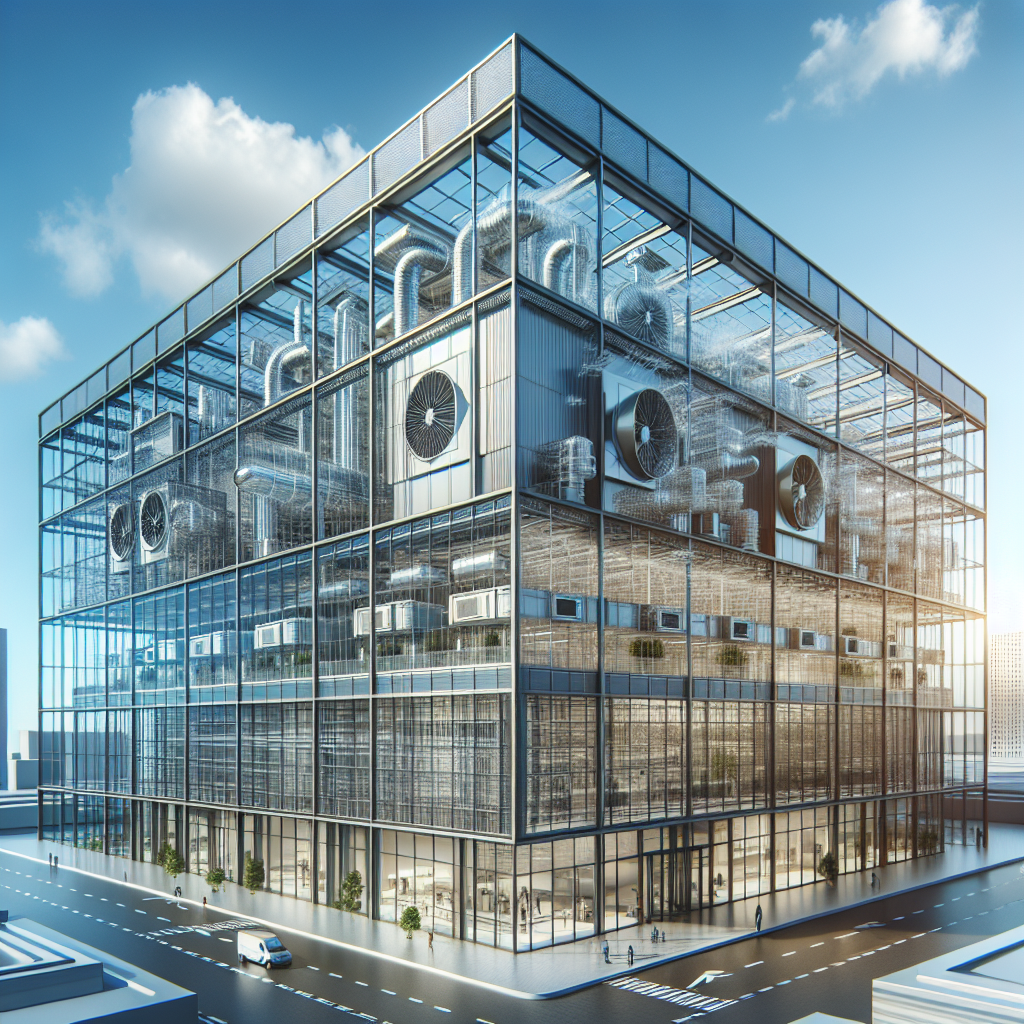Your cart is currently empty!
Tag: Commercial

Ventilation Solutions for Commercial Buildings
Proper ventilation is crucial in commercial buildings to ensure a healthy and comfortable indoor environment for occupants. Without adequate ventilation, indoor air quality can deteriorate, leading to a range of health issues and discomfort. In addition, poor ventilation can also result in the build-up of harmful pollutants and odors, as well as mold and mildew growth.There are several ventilation solutions available for commercial buildings, each with its own benefits and considerations. Here are some key ventilation options to consider:
1. Mechanical Ventilation Systems: Mechanical ventilation systems use fans and ducts to bring fresh air into the building and expel stale air. These systems can be designed to provide constant airflow or to operate on a variable basis, depending on the building’s occupancy and usage. Mechanical ventilation systems are typically more energy-efficient than natural ventilation and can be controlled to optimize indoor air quality.
2. Natural Ventilation: Natural ventilation relies on the natural flow of air through windows, doors, and other openings in the building. This can be an effective solution in buildings with well-designed ventilation openings and cross-ventilation opportunities. However, natural ventilation may not always be sufficient to provide adequate air exchange, especially in larger or more complex commercial buildings.
3. Exhaust Fans: Exhaust fans are commonly used in commercial buildings to remove stale air and odors from bathrooms, kitchens, and other spaces. Exhaust fans can be installed in individual rooms or connected to a central ventilation system. Properly sized and installed exhaust fans can help maintain good indoor air quality and prevent the build-up of moisture and pollutants.
4. Energy Recovery Ventilation (ERV) Systems: ERV systems are designed to recover heat or coolness from the outgoing air and transfer it to the incoming fresh air. This can help reduce energy costs by pre-conditioning the fresh air and maintaining a comfortable indoor temperature. ERV systems are particularly beneficial in buildings with high ventilation requirements and can help improve indoor air quality while minimizing energy consumption.
5. Demand-Controlled Ventilation: Demand-controlled ventilation systems adjust the airflow based on occupancy levels, indoor air quality, and other factors. These systems use sensors and controls to modulate the ventilation rate, ensuring that fresh air is provided only when needed. Demand-controlled ventilation can help optimize energy efficiency and indoor air quality in commercial buildings with varying occupancy patterns.
In conclusion, proper ventilation is essential for maintaining a healthy and comfortable indoor environment in commercial buildings. By choosing the right ventilation solutions and implementing them effectively, building owners and facility managers can ensure good indoor air quality, energy efficiency, and occupant comfort. It is important to consult with HVAC professionals and ventilation experts to design and install ventilation systems that meet the specific needs of the building and its occupants.
